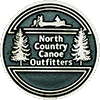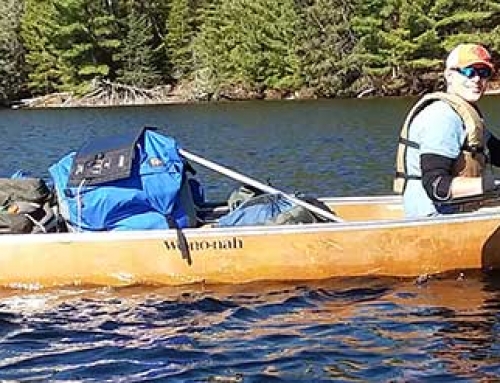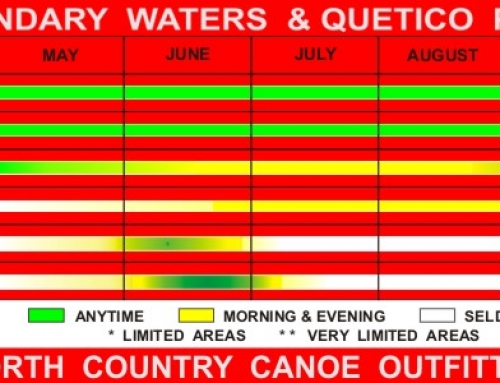Location, location, location
Selecting a good campsite is the most important part of the stay in the wilderness. When asked what they remember most about their visit to the outdoors, the campsite is what is remembered most, so be sure it is a good one. If a bad campsite is selected, the visit will very easily be remembered as a bad experience just because of the poor campsite selection.
In high-use areas, especially in July, look for a campsite at least by mid-afternoon or you may be out of luck! Travel early for best campsite
Setting up camp on small islands well away from shore usually helps provide a breeze to keep mosquitoes away. Exposed points 
Observe site topography to avoid pitching the tent in depressions that could fill with water in a heavy rain. Look for level tent sites away from the fire grate, a tarp under your tent should keep you dry, don’t let excess go more than a couple of inches past tent though. Watch for, and avoid tenting under, widow makers (loose limbs or leaning trees 
Never make campsite “improvements.” It is illegal in a wilderness area, and detracts from the nature of the site. If you stumble upon one of these “KOA sites” in a busy area, avoid it. They get used by the first-timers almost every night. The regularly used sites, in busy areas, are the prime target for camp-raiding bears. I would rather sleep in the canoe than in this site on Ensign Lake.






